Classic races revisited: The proving ground of the Grand Prix of Essex
In the latest in a series revisiting British classic race routes, Simon Warren takes on the mini-bergs of Essex and finds a few surprises
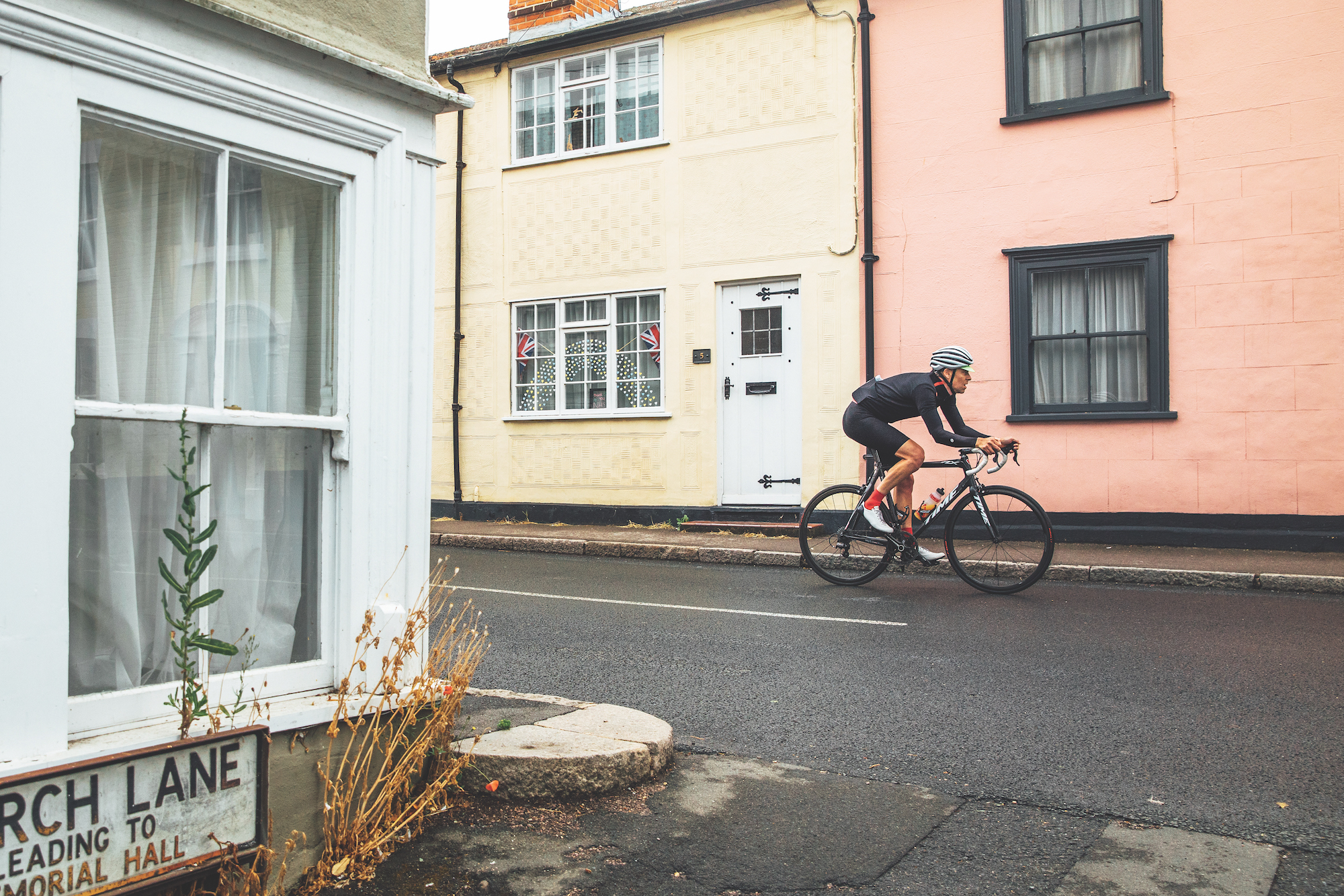
(Daniel Gould)
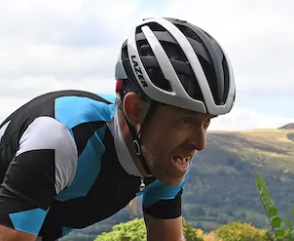
Unpacking my bike on Halstead’s Market Hill and looking down the road, I almost di a double take. "Wow, that is a lot steeper than I expected, that’s a proper hill. Must have really stung the legs."
From 1964, this testing little ramp through the heart of town was the finishing straight of one of the great British bike races, the Grand Prix of Essex.
On event day it would be lined five deep with spectators, with more peering through and hanging out of the windows of the shops and pubs to catch sight of the action. Although the race was already 10 years old, with early editions being run further south around the Romford and Southend area, it’s the town of Halstead with which it will forever be associated.
For 46 years until its demise in 2001, the Grand Prix of Essex was a cornerstone of the domestic racing scene, the first ‘classic’ of each season and the opener for the year-long Star Trophy (latterly Premier Calendar) series.
>>> Subscriptions deals for Cycling Weekly magazine
Graced with not only the best riders in the country but also many from abroad, it was a win all riders wanted on their palmarès as long-time organiser Derek Worsley always ensured the field was as strong as possible. He went to great lengths to attract the best riders from home and abroad and was in fact the first person to entice a foreign-sponsored team to these shores.
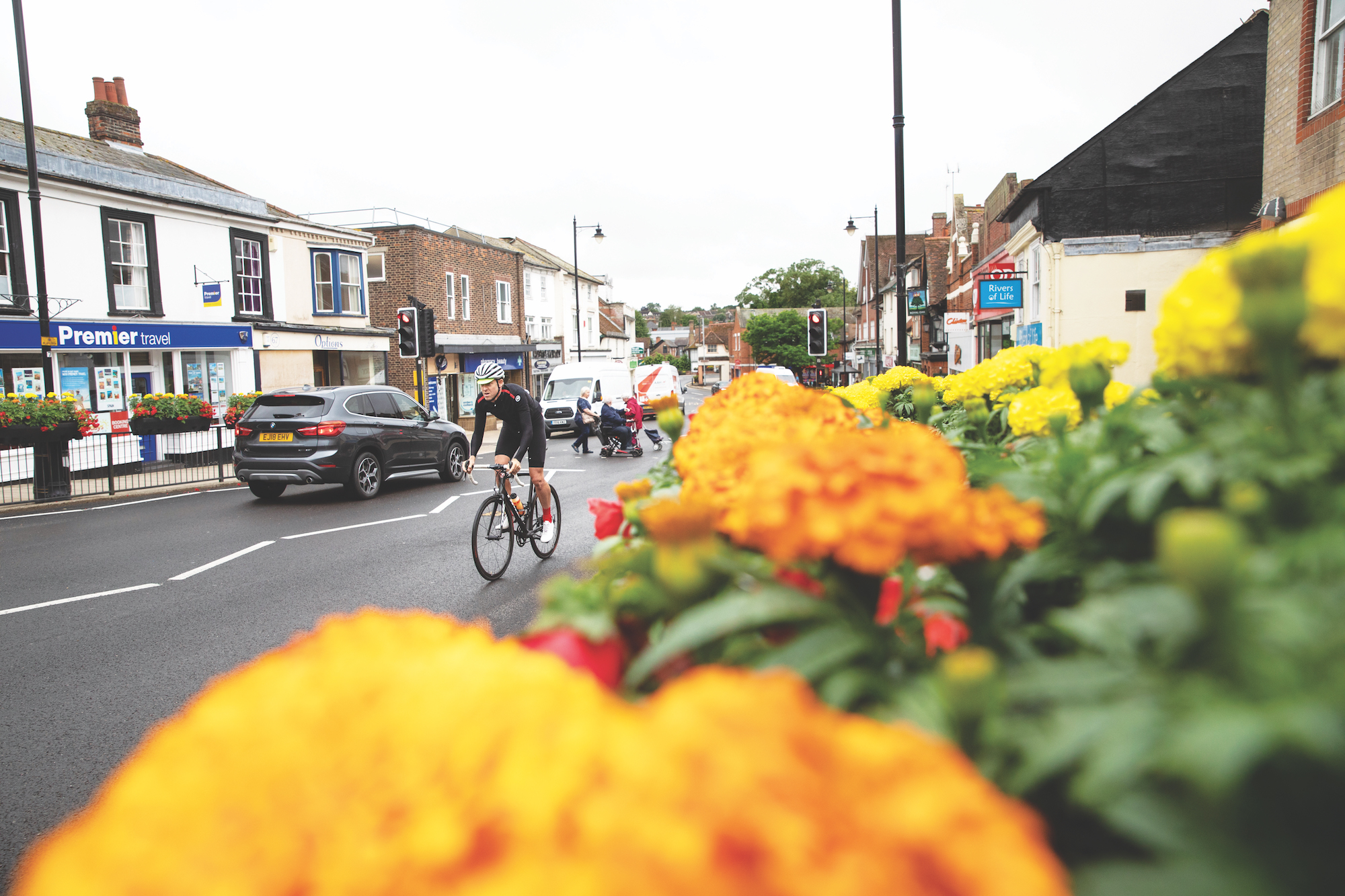
Over the years he persuaded seven ex-Tour de France riders to compete in the event. Having names such as the great Jan Raas on the start line gave the Grand Prix glamour, which only strengthened its reputation.
Get The Leadout Newsletter
The latest race content, interviews, features, reviews and expert buying guides, direct to your inbox!
The list of past victors is packed full of champions from Wayne Randle, Paul Curran and Steve Joughin, who all won twice, to Phil Edwards, Hugh Porter, Steve Farrell, Rob Hayles and in 2000, Russ Downing.
When we ask Downing about his first memories of the race and whether he was aware of its significance in the calendar, he says: "I knew before I first rode in 1998 that the Essex was a huge event and would have a top-quality field. That year I was only 20, I was really just starting my career and rode in support of Chris Newton [who won]. I took eighth in the sprint from what was left of the bunch and knew right away it was a race that suited me; it was a hard man’s race, on a hard man’s course."
On an overcast and slightly damp July morning we are here to take a look at the roads that once formed the route of this gone but not forgotten race and get a feel for the terrain that helped shape the result each year. It was fitting that the weather was inclement, as reading through old reports it was more often than not run off in testing conditions.
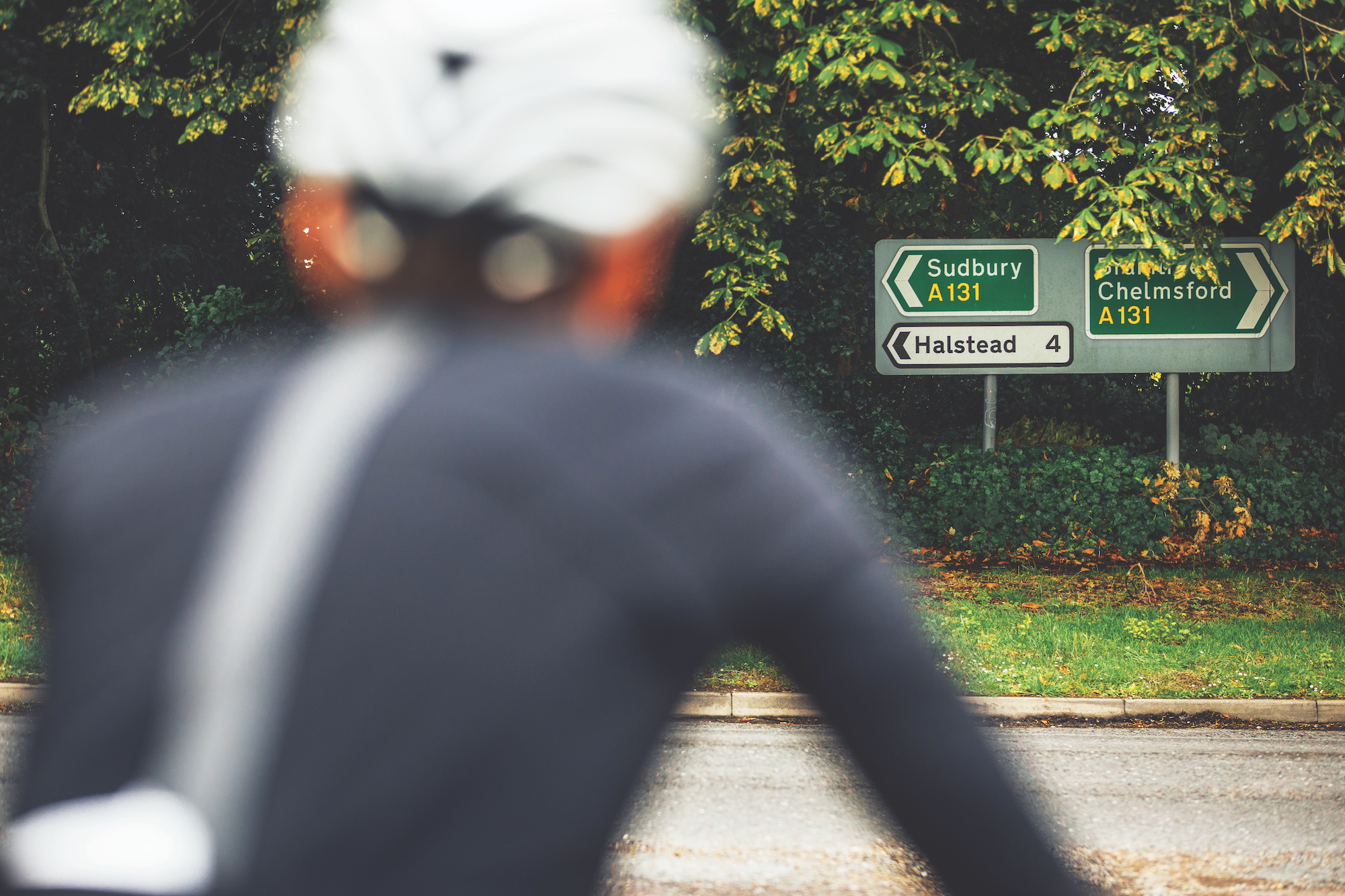
Held on the third weekend in March, riders were even treated to snow some years. With Halstead as its base, the route consisted of a 65-mile loop into the surrounding lanes before returning to a shorter finishing circuit for the finale.
Over the years, the large loop changed and evolved, sometimes heading further west, sometimes east, but the finish was always pretty much the same. My guide to help plot a route was Colin Mannakee, long-time associate of the race, who got involved in the organisation in the mid-80s, becoming the chief press officer sending reports out to all the local and national papers.
"These were the days when you’d be lucky if you managed to get a single line of cycling in the Times, never mind a report. My biggest coup, however, was managing - I still don’t know how - to get a four-page preview on Ceefax; this was unheard of, even for the Tour de France, and it resulted in the biggest crowds we had ever seen on race day."
From Mannakee’s expert knowledge and old race reports, we built a route that wasn’t exactly faithful to any particular edition but more an amalgamation of routes, to get a taste of the battlegrounds used over the years. Leaving Halstead, it quickly becomes apparent that although I expected the land to be flat - we are almost in East Anglia - it is in fact pretty lumpy. Not what you would class as hilly, no, that would be an exaggeration, just substantially undulating, with a relentless frequency of bumps to wear the legs down.
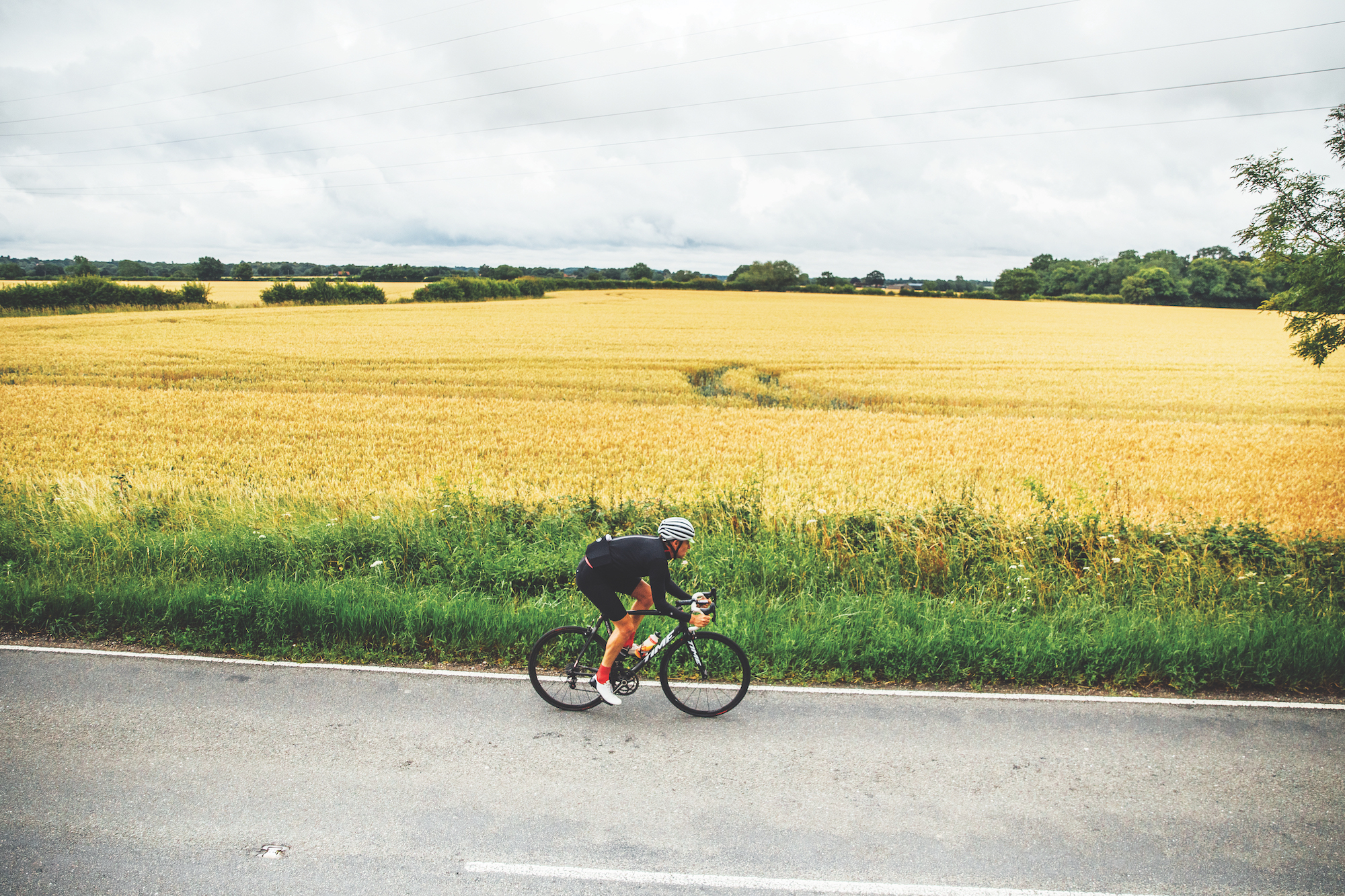
The route first takes us through Colne Engaine and Pebmarsh to Bures, then after that an excursion west to Wormingford via the sharp kick up Sandy Hill - as the first real climb on the route, its 800 metres of six per cent gradient came as a bit of a shock.
After turning left in Wormingford, it’s back over the River Stour to return into Bures then we head north towards Sudbury. Leaving Bures Hamlet, the road immediately climbs up Lamarsh Hill and what a fantastic five miles lie ahead. Gaining maximum altitude at the start, much like a roller coaster cranking upwards, you then get to release that hard-earned potentially energy as you continue the ride north. Twisting and turning, rising and falling it’s a road that demands to be ridden fast in the big ring, on the drops, tongue hanging out the side of the mouth.You just can’t resist giving it everything as you weave through the pretty villages and past the grand views out over the River Stour. At the end of this glorious stretch, you arrive in the village of Ballingdon and on the outskirts of Sudbury then it’s through the lights, and hopefully with throbbing legs, you turn left and straight up the serious incline of Ballingdon Hill.
When we ask Downing how the race would typically play out on the unforgiving terrain, he recalls. “Like all those big races it was full-on attacks from the gun and you had to be up there at the front at all times. You had to make the big split and then when a group got away that would be the selection that decided things. As the miles ticked over it was then a matter of just wearing riders down, what maybe started as a group of 30 would soon be 12, then eight, as one by one people’s legs gave in.”
>>> Cycling Weekly is available on your Smart phone, tablet and desktop
After a brief foray on the A131 it was back into the narrow roads and more undulations to Castle Haddington and its wonderful coloured houses, then avoiding the A1017 north to Stambourne before continuing south-east to Finchingfield. This eastern section of the loop is slightly easier on the legs, as it navigates around Wethersfield airfield with no significant climbs, but is never flat for a minute. On race day, local spectators armed with their knowledge of these lanes could ride out and catch the race maybe a couple of times as it crossed the countryside during the early stages, before making it back to the finishing circuit to see the final acts played out around Halstead.
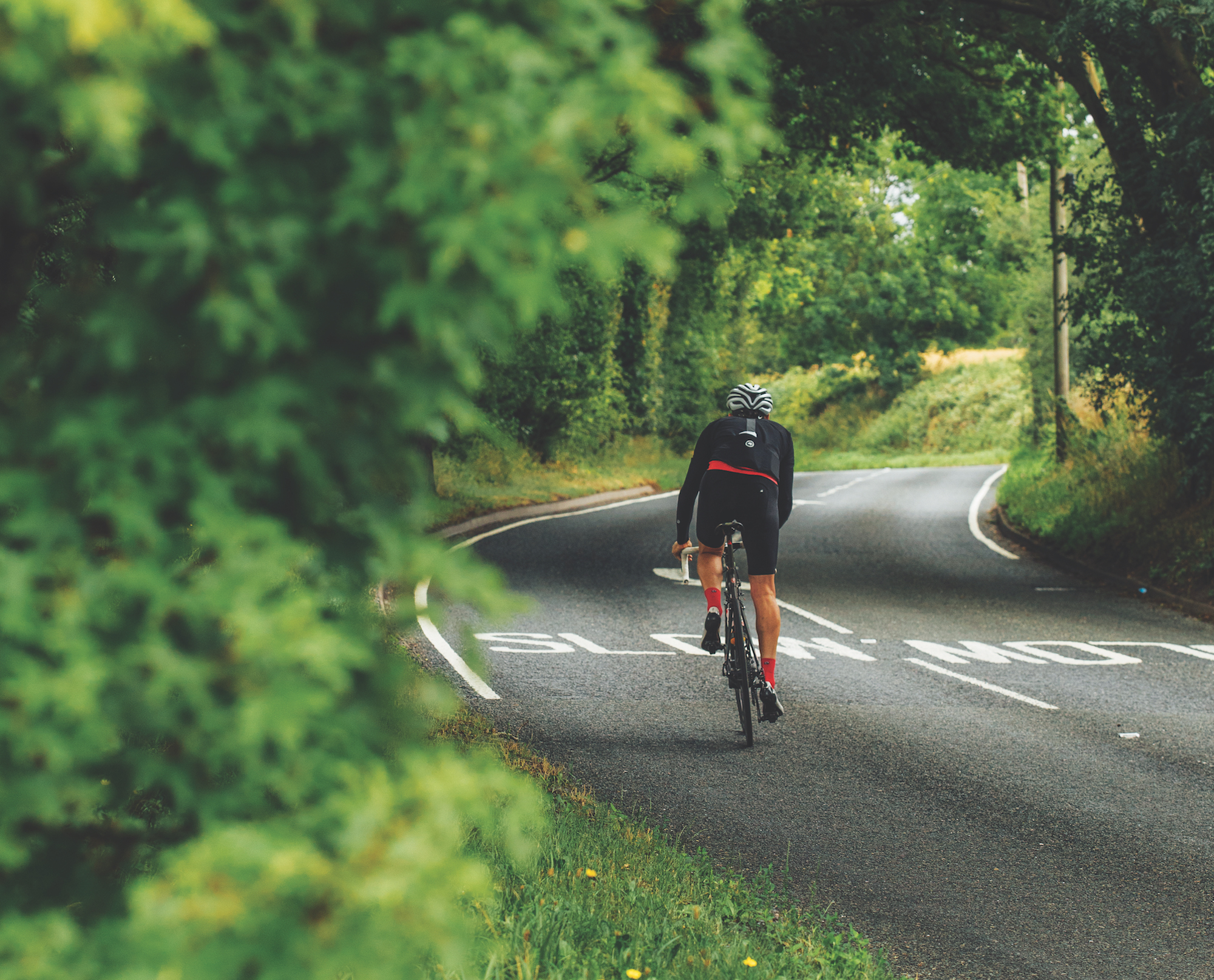
Measuring almost exactly 10 miles, this jagged, triangular course with four significant ramps and a host of smaller imperfections on the profile, provided multiple points where a rider could launch their decisive effort. Passing through the centre of town on each of the customary three laps, the crowds could see the race develop, see breaks caught, attacks launched and watch the tension build to its climax. After all, as Mannakee says, “If you weren’t in, say, the top 12 on the final lap then you had no chance of winning.”
In 1990, Market Hill was treated to a 72-man gallop won by Mark Gornall but this was a rarity, more often than not it would be a small group or a solo winner, like Steve Farrell in 1991. When Downing took his victory in 2000, he went on the final ramp up the A131 into the town: “It wasn’t an attack as such, I just got on the front, wound it up, looked back and there was no one there, so I pressed on.”
From the top of this short rise, our loop comes to a conclusion by plummeting down into town, bending right then sweeping left past the Bull Hotel onto the finish hill. While screaming crowds have been replaced by traffic and shoppers, I still give it a nudge just to summon the excitement of days gone by. There’s no one cheering me on - a couple of elderly shoppers look on, bemused - but getting the blood pounding is its own reward at the end of a long ride and one I’ll have to settle for. Maybe one day the crowds will return to revive this great event and tomorrow’s riders can add their names to the illustrious list of winners.
This feature originally appeared in the print edition of Cycling Weekly, on sale in newsagents and supermarkets, priced £3.25.

Thank you for reading 20 articles this month* Join now for unlimited access
Enjoy your first month for just £1 / $1 / €1
*Read 5 free articles per month without a subscription

Join now for unlimited access
Try first month for just £1 / $1 / €1
Simon has been riding for over 30 years and has a long connection with Cycling Weekly, he was once a designer on the magazine and has been a regular contributor for many years. Arguably, though, he is best known as the author of Cycling Climbs series of books. Staring with 100 Greatest Cycling Climbs in 2010, Simon has set out to chronicle and, of course, ride the toughest cycling climbs across the UK and Europe. Since that first book, he's added 11 more, as well Ride Britain which showcases 40 inspirational road cycling routes. Based in Sheffield, Yorkshire, Simon continues to keep riding his bike uphill and guides rides, hosts events and gives talks on climbing hills on bikes!
-
 'I'll take a top 10, that's alright in the end' - Fred Wright finishes best of British at Paris-Roubaix
'I'll take a top 10, that's alright in the end' - Fred Wright finishes best of British at Paris-RoubaixBahrain-Victorious rider came back from a mechanical on the Arenberg to place ninth
By Adam Becket Published
-
 'This is the furthest ride I've actually ever done' - Matthew Brennan lights up Paris-Roubaix at 19 years old
'This is the furthest ride I've actually ever done' - Matthew Brennan lights up Paris-Roubaix at 19 years oldThe day's youngest rider reflects on 'killer' Monument debut
By Tom Davidson Published